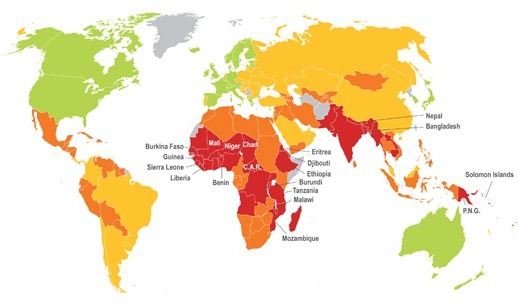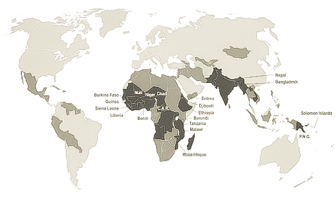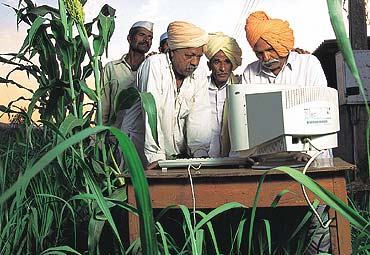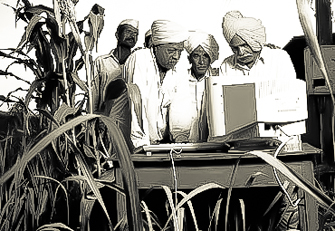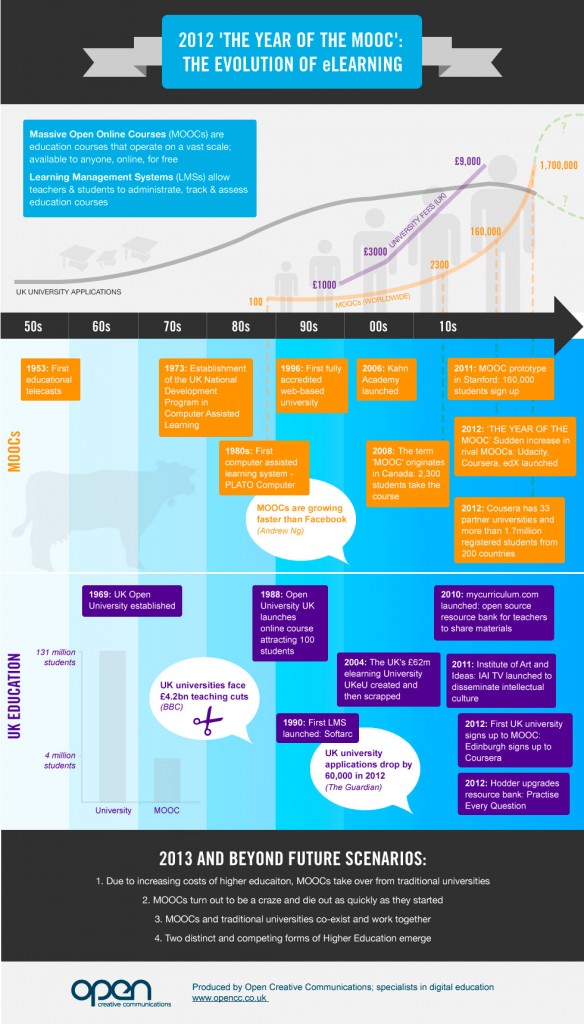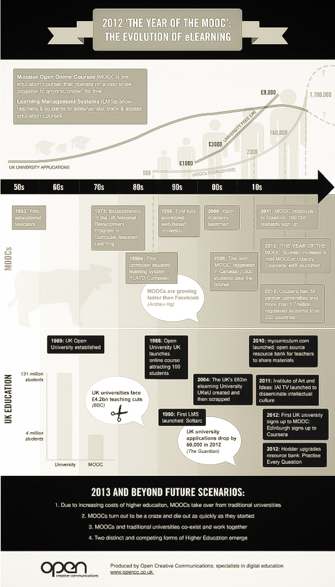Rethinking Conditions of Access
P. P. Sneha explores the possibilities of redefining the idea of access through the channels of education and learning.
The advent and pervasive growth of the internet and digital technologies in the last couple of decades have caused several changes in the way we now imagine education and processes of learning, both within and outside the classroom. The increasing use of digital tools, platforms and methods in classroom pedagogy, and the access for students to resources through online and collaborative repositories such as Wikipedia have led to a change in not just teaching practices, but also in the learning environment, which has now become more open, iterative and participatory in nature. While increased access to the internet may be one factor contributing to this change, the conditions of such access – how it is made available, to whom and for what purpose – still remain contentious. As per recent statistics, India has more than 200 million internet users, but as several studies on online users have illustrated, the numbers are hardly indicative of the nature of online engagement. The problem of the ‘digital divide’, though much debated and addressed, still persists in India, as in several other countries, with lack of infrastructure and low broadband speed being two among several reasons for the slow move in bridging this gap.
The problem of the digital divide itself has largely been understood as one of access to the internet and/or broadly digital technologies, but the conditions of this access, in terms of the nature of its use and adaptability to a dynamic and ever-changing technological landscape is something that needs to be looked at critically, in order to provide a more nuanced understanding of the problem itself, and its inherent conflicts. The technological landscape we inhabit today is quite diverse, and rather multi-layered, as a result of which conditions of access also differ across spaces and in degrees. The problematisation, therefore, will need to be more qualitative and nuanced, to take into account several variables spread over social, cultural and economic categories.
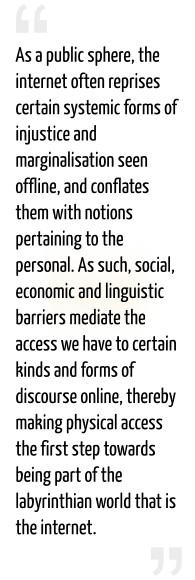
The assumption of the internet, as an open and accessible, therefore neutral space, has also been questioned time and again, with the latest debates around net neutrality being illustrative of this conflict. Though there is a growing interest in exploring and using the democratic potential that the internet offers, as demonstrated by several forms of online social activism and the growth of open access digital knowledge repositories and public archival spaces, there are also pertinent concerns about privacy, accessibility and the quality of online interaction and content. A large part of this uncertainty and the conflicts we see around access and regulation may be attributed to the fact that the nature of the internet, or the digital itself as concept, method or space has not been adequately explored or theorised. As a public sphere, it often reprises certain systemic forms of injustice and marginalisation seen offline, and conflates them with notions pertaining to the personal. As such, social, economic and linguistic barriers mediate the access we have to certain kinds and forms of discourse online, thereby making physical access the first step towards being part of the labyrinthian world that is the internet.
These conflicts are present in the classroom and other spaces and processes of learning as well, where traditionally there has been resistance to the use of technology, and particularly the internet as it is seen as a disturbance or a deterrent to learning. But technology has always been a part of the classroom, and now with the mobile phone becoming ubiquitous, it is indeed difficult to imagine that a student who has access to such a device would be disconnected from the internet, or not look toward other digital tools and methods to engage with, for educational or recreational purposes. However, indeed, how much of this engagement is effectively connected to learning is still a bone of contention, and is yet to be explored adequately.
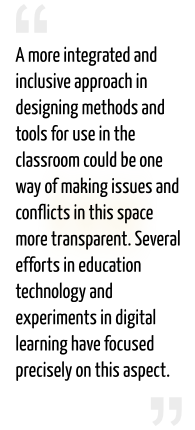
What are the changes in the learning environment that the advent of digital technologies has produced? What challenges do they pose for both teachers and students? And what are the possible solutions that these areas of research are opening up? A more integrated and inclusive approach in designing methods and tools for use in the classroom could be one way of making issues and conflicts in this space more transparent. Several efforts in education technology and experiments in digital learning have focused precisely on this aspect. The sheer visibility and vastness of the internet offers several possibilities in terms of access to materials, tools and resources online. Several large-scale efforts in digitisation made by both the state and public organisations are attempts to utilise this potential, and they speak of the growing interest in making material available online for both classroom teaching and research.
The growth of Massive Open Online Courses (MOOCs) is an example of the fervour of online platforms of learning, which provide students across the world with an access to teaching and course material from some of the best institutions. However, there have been, at least in their earlier versions, several critiques of these platforms, as well, precisely because they replicate a certain classroom teaching model that is not accessible to students everywhere. This urges us to revisit the premise of such structures.
The ‘digital turn’ in the last couple of decades has engendered several changes in the way knowledge is now produced, disseminated and consumed by people located in different areas. It has also created a need to constantly rethink existing systems of learning we have in place, to plug the gaps that develop between people, skills and resources. It is only through more attempts to problematise the notion of access qualitatively, and to better understand the role of digital technologies and the internet in terms of changes in learning environments, that we may be able to understand and utilise its potential to the best.

